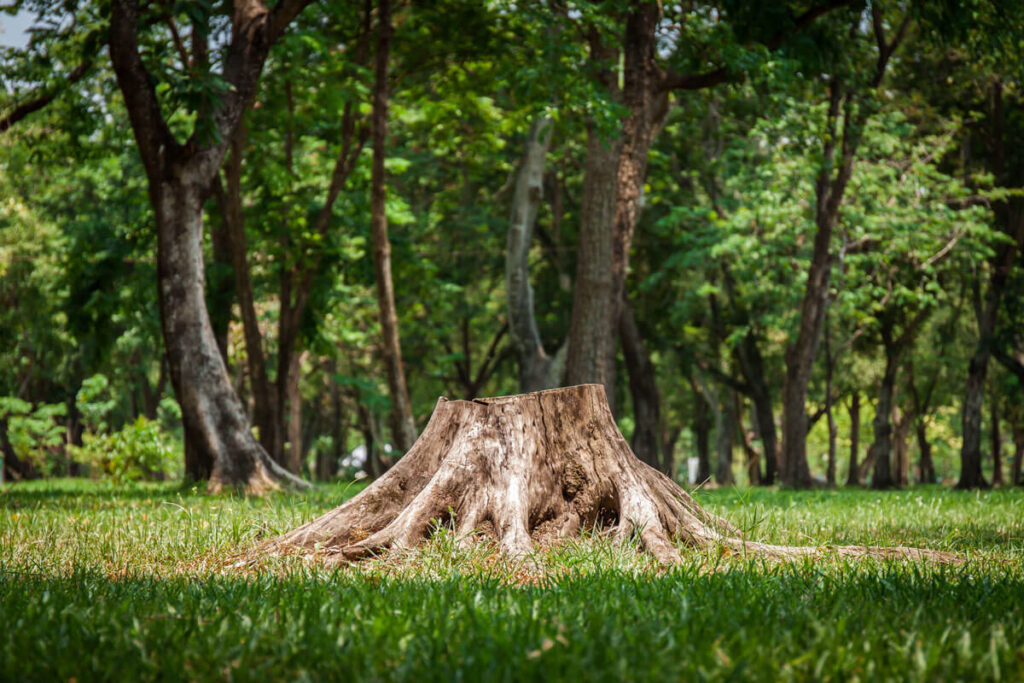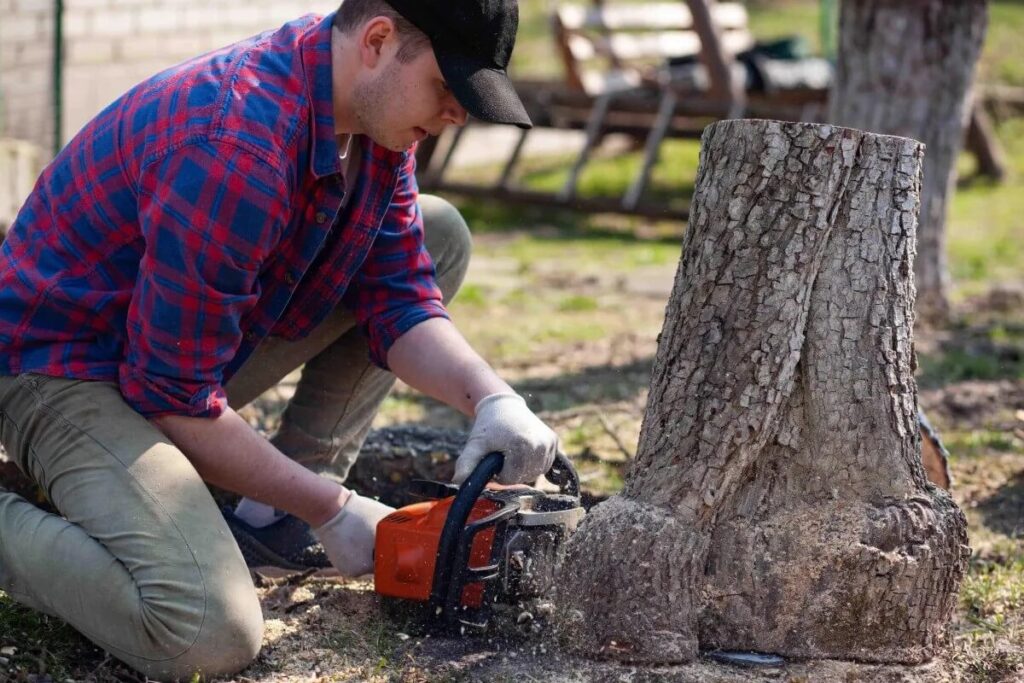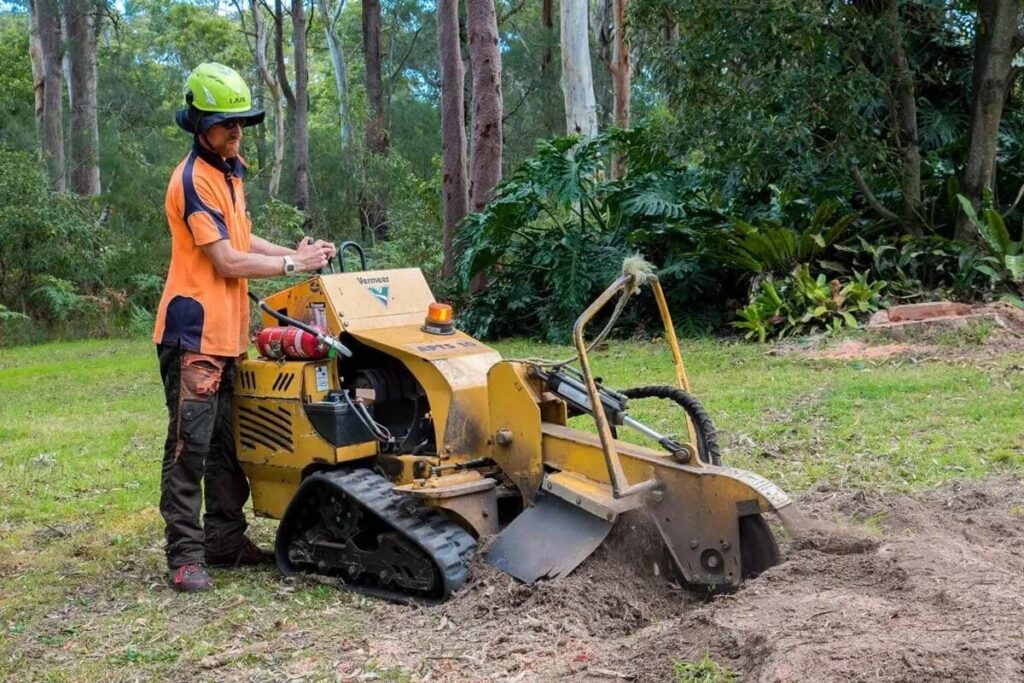Tree roots, while essential for the life of a tree, can often become a nuisance for homeowners. Understanding the risks they pose is crucial for ensuring a safe and aesthetically pleasing property. This article delves into the hidden dangers that tree roots can present, the importance of regular tree maintenance, methods for root removal, and how to restore and maintain your garden afterwards.
Methods for tree root removal
When it comes to tree root removal, there are various methods you can employ, depending on the severity of the problem. From simple DIY techniques to professional assistance, it’s vital to choose the right approach for your situation.
DIY techniques for small root removal
If you’re dealing with small roots, there are several DIY techniques that can help you effectively remove them. Using a sharp spade, you can cut away small roots that are causing problems. Alternatively, you might consider applying certain chemicals designed to rot roots and expedite their decomposition.
When to call in the professionals for root removal
While DIY can be effective for minor issues, some situations require the expertise of professionals. If roots are extensive or intertwined with vital services such as electric or water lines, it’s best to consult a tree care specialist. They possess the tools and knowledge needed to remove roots safely and effectively.
Related: Top Benefits of Professional Tree Lopping Services

Understanding the risks of tree roots on your property
The risk of having tree roots on your property is not just aesthetic; it can lead to serious structural and safety issues. Tree roots grow not just downwards, but also laterally, often extending far beyond the tree’s canopy. This means they can infiltrate foundations, decks, and even underground plumbing systems.
The hidden dangers beneath your lawn
Many homeowners remain blissfully unaware of the hidden dangers lurking beneath the surface of their lawns. As tree roots spread, they can create problems such as uneven ground, which poses a risk for trips and falls. Moreover, roots may intertwine with utility lines, leading to potential disruptions in services.
Additionally, the presence of invasive tree roots can create a habitat for pests and diseases that may affect not only the tree itself but also other plants in the vicinity. For instance, certain types of fungi thrive in the moist, nutrient-rich environment created by decaying roots, potentially spreading to nearby vegetation and causing widespread damage. Homeowners should be vigilant, as these hidden threats can compromise the health of their gardens and landscaping, leading to further complications down the line.
How tree roots can damage your home’s foundation
One of the most significant concerns is the potential damage tree roots can inflict on your home’s foundation. Roots can exert pressure on the foundation walls, causing cracks and structural failure over time. This not only diminishes the integrity of your home but also can lead to costly repair bills if left unchecked.
Moreover, the type of soil in which the tree is planted plays a crucial role in how roots interact with the foundation. Clay soils, for example, can expand and contract significantly with moisture changes, exacerbating the effects of root pressure. Homeowners should consider consulting with an arborist or structural engineer if they suspect that tree roots may be encroaching on their foundation, as early intervention can save both time and money in the long run. Regular inspections and maintenance can help mitigate these risks, ensuring that your home remains safe and structurally sound.

The importance of regular tree maintenance
Maintaining your trees is not just about keeping them looking good. It’s essential for the safety of your property and those who live on it. Proper tree maintenance can prevent root problems, saving you time, effort, and money in the long run.
Preventing root problems with proper tree care
Regular pruning and trimming of your trees can help control the size and spread of roots. By managing the tree’s growth, you can prevent the roots from encroaching into spaces where they may cause harm. Additionally, ensuring that your trees are healthy and well-watered discourages aggressive root growth.
Recognising signs of potential root issues
Awareness is key when it comes to recognising the early signs of root problems. Look out for indicators such as cracks in your driveway or porch, wilting plants nearby, or unusual growth patterns in vegetation. Early detection can provide a chance to resolve the issue before it escalates and results in damage.
Restoring your property after root removal
Once the roots have been removed, the next step is restoring your property. This often involves repairing any damage that has occurred, as well as rethinking your landscape design for a more harmonious environment.
Repairing damage caused by tree roots
Depending on the extent of the damage, you may need to fill in holes, level out uneven ground, or even repair structural elements of your home. It’s crucial to assess the property thoroughly and tackle any issues promptly to maintain the integrity of your outdoor space.

Landscaping tips for a root-free garden
Transitioning to a root-free garden can be an exciting opportunity for creativity. Consider installing flower beds or pathways using materials that are less susceptible to root intrusion. Selecting plants that don’t require deep roots can also help prevent future problems.
Maintaining a healthy garden post root removal
With root problems dealt with, the focus shifts to maintaining a healthy garden. This involves being strategic about what types of plants you include and how you care for them.
Choosing root-friendly plants for your garden
To ensure your garden flourishes, select plants known for shallow root systems. Examples include certain ornamental grasses, ground covers, and some perennial flowers. These options can enrich your garden without the risk of spreading invasive roots.
Regular checks and maintenance for a hazard-free property
Lastly, establishing a routine for regular checks on your trees and surrounding landscape is fundamental. Look for any potential issues early, and keep a maintenance schedule for pruning and health assessments. This proactive approach will keep your property safe and your garden thriving.
In conclusion, taking the necessary steps for tree root removal and maintenance will not only enhance the aesthetic appeal of your property but also ensure the safety and integrity of your home. Understanding the risks, implementing proper care, and being vigilant about your surroundings are key to effective management.
